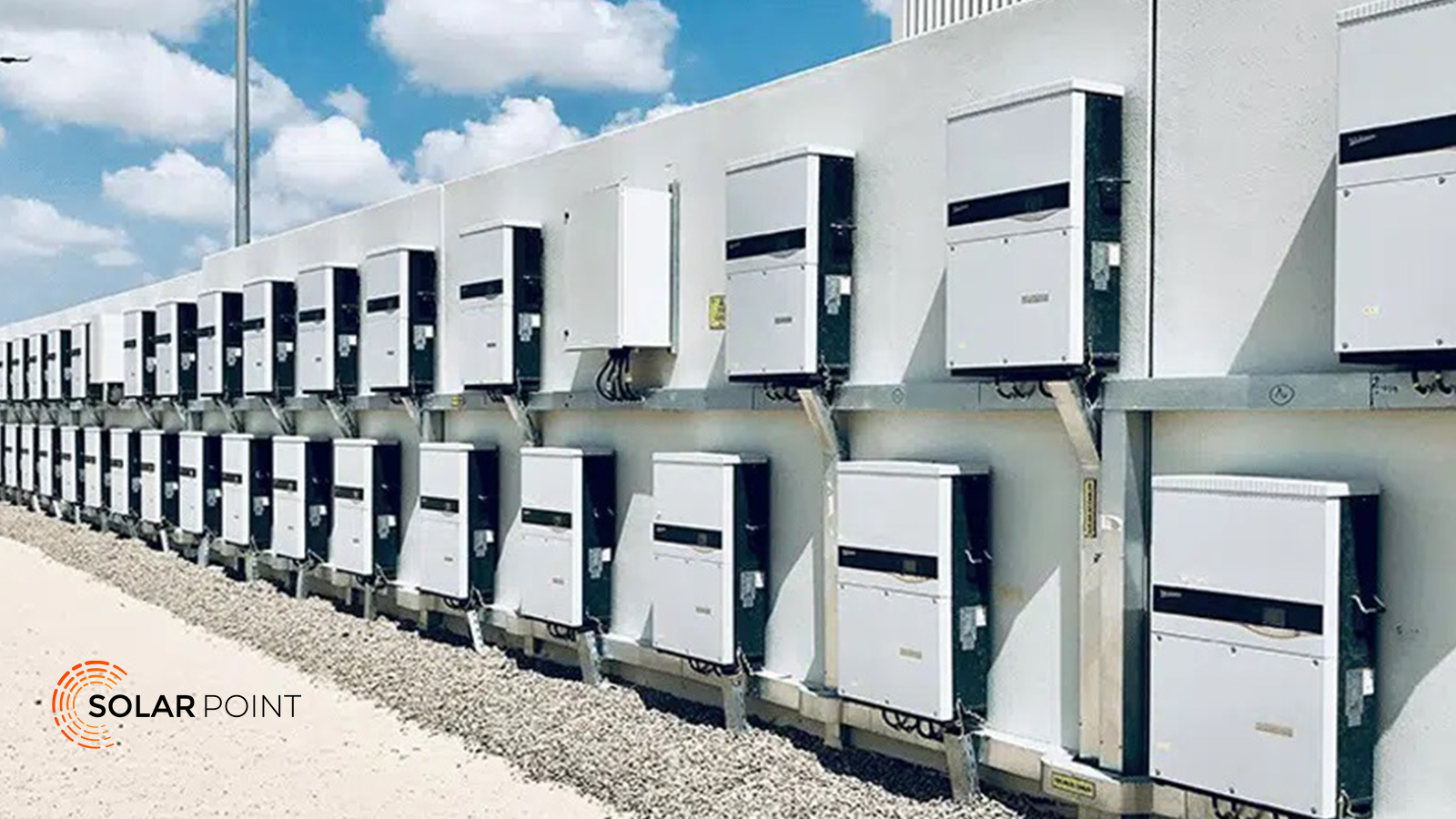Types of Solar Inverters

Types of Solar Inverters
Solar inverters are crucial components of solar power systems, converting the direct current (DC) electricity generated by solar panels into alternating current (AC) electricity, which can be used by household appliances. There are several types of solar inverters, each with its own advantages and disadvantages.
- String Inverters (ON Grid – Off Grid)
- Description:
String inverters are the most common type of solar inverter. They are called "string" inverters because they are connected to a series of solar panels, known as a string. All the panels in the string feed into a single inverter
- Advantages:
They are generally more cost-effective and easier to install compared to other types.
- Disadvantages:
If one panel in the string underperforms (due to shading, dirt, etc.), it can affect the performance of the entire string.
There are two types of them: On Grid and Off Grid
On Grid Inverters
These inverters are used to connect solar power systems to the public electricity grid. They convert solar energy into the power used in the grid, allowing excess energy to be fed back into the grid. This helps to ensure the security and stability of the electricity grid.
Off Grid Inverters
When not connected to the electricity grid, these inverters are used to store solar energy in batteries. They convert the energy generated by the solar panels into usable energy, ensuring that energy is available even during periods of grid failure or weakness.
- Microinverters
- Description:
Microinverters are small inverters installed on each individual solar panel. They convert DC to AC at the panel level.
- Advantages:
They allow each panel to operate independently, so shading or issues with one panel do not affect the others. This can lead to higher overall system efficiency.
- Disadvantages:
They are typically more expensive and can be more complex to install compared to string inverters.
- Hybrid Inverters
- Description:
Hybrid inverters can manage inputs from both solar panels and battery storage systems. They are designed to work with solar panels and store excess energy in batteries for later use
- Advantages:
They provide flexibility for systems that include battery storage, allowing for energy independence and backup power.
- Disadvantages:
They can be more expensive and complex than traditional string inverters.
Each type of inverter has its own set of features and is suited to different types of solar installations. The choice of inverter depends on factors such as the size of the solar installation, budget, and specific energy needs.
 English
English
 العربية
العربية
